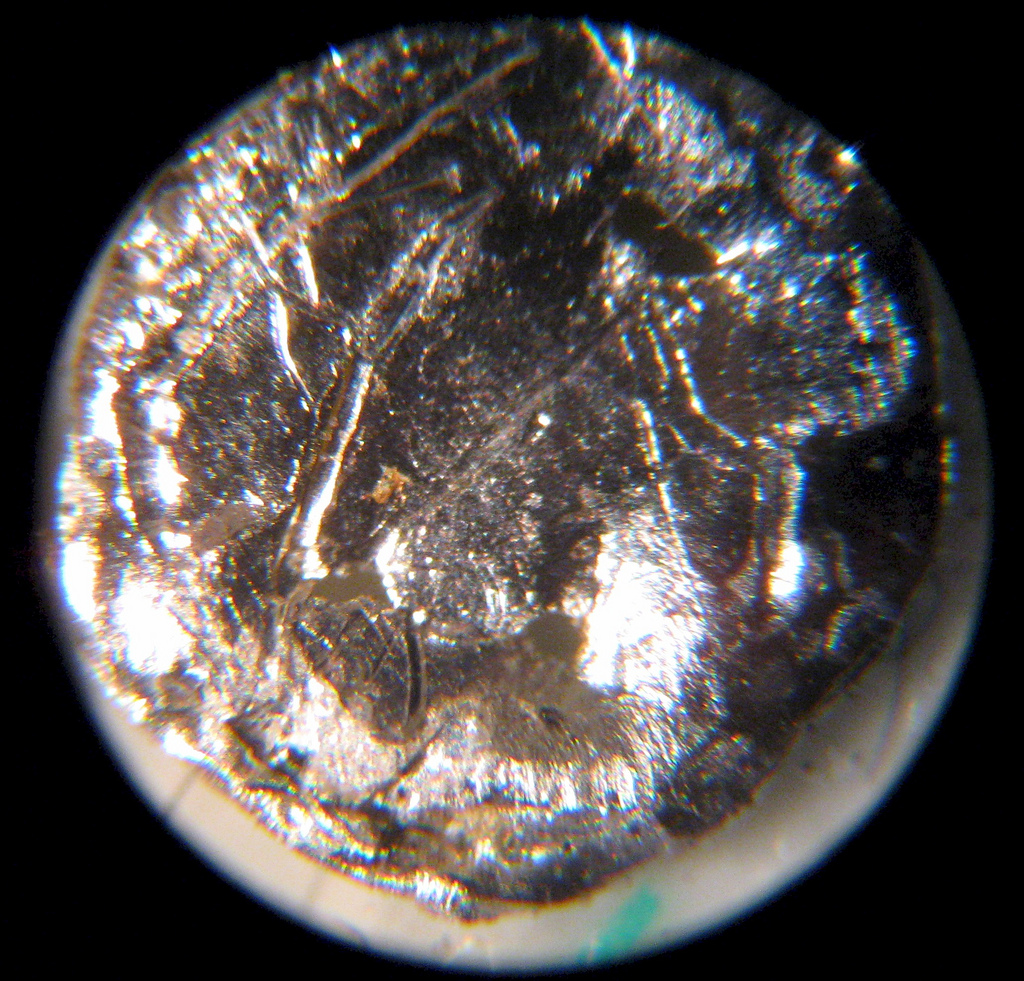Unstung
Active member
I was looking at Europe's Cosmic Vision proposals last night when I found that some missions simply cannot use solar power. Despite suggestions that an ice giant orbiter (for Uranus in particular) could use solar panels, their size would be ridiculous. The only solution for Europe would be to buy plutonium from Russia to power a distant spacecraft. However, it turns out that Europe has been considering Americium-241 to power radioisotope thermoelectric generators. The isotope, which was mentioned in the mission proposals, is used in smoke detectors.
{colsp=2}
 |
|

There are benefits and drawbacks to using Americium in spacecraft. First, it should be noted that the particles Americium-241 emits are much more dangerous than Plutonium-238. The alpha decay plutonium undergoes can be easily shielded with <2.5 mm of lead. Meanwhile, Americium-241's decay products can penetrate much further, requiring 18.5 mm of shielding, and the resultant particles include gamma rays and more neutrons.
An obvious benefit of using americium is its availability. The isotope is used in smoke alarms, after all. Plutonium-238 is the result of a difficult process to perform that indicates suspicious activities. Also, Am-241's half life is much longer at 432.2 years compared to 87.7 for Pu-238. This can fuel very long lived spacecraft. The output of Pu-238 drops 15% compared to only 3.2% for Am-241 over 20 years.
One final drawback is that the decay energy for Americium-241 is less than a quarter of Plutonium-238. Over four times more nuclear material would have to fuel a generator filled with americium than plutonium. This effect can be mitigated with better power generators, such as a Stirling engines. NASA currently doesn't have funds to test the advanced Stirling radioisotope generator.
Ultimately, missions are limited more by the fuel they carry than their nuclear energy source (Cassini, New Horizons). Nonetheless, there are situations where a longer lived isotope can be an advantage for unexpected events (Galileo's delay, the Voyagers' interstellar mission). NASA is continuing to support plutonium, but the targets for planetary exploration are becoming more difficult to reach. Some are simply too distant to use solar panels and Americium-241 can be developed for use in European missions.

Sources:
https://en.wikipedia.org/wiki/Radioisotope_thermoelectric_generator#Fuels
http://www.theengineer.co.uk/in-depth/analysis/power-pack-nuclear-power-in-space/1009652.article
http://news.discovery.com/space/as-...-dwindles-esa-eyes-nuclear-energy-program.htm
http://www.lpi.usra.edu/meetings/nets2012/pdf/3043.pdf


There are benefits and drawbacks to using Americium in spacecraft. First, it should be noted that the particles Americium-241 emits are much more dangerous than Plutonium-238. The alpha decay plutonium undergoes can be easily shielded with <2.5 mm of lead. Meanwhile, Americium-241's decay products can penetrate much further, requiring 18.5 mm of shielding, and the resultant particles include gamma rays and more neutrons.
An obvious benefit of using americium is its availability. The isotope is used in smoke alarms, after all. Plutonium-238 is the result of a difficult process to perform that indicates suspicious activities. Also, Am-241's half life is much longer at 432.2 years compared to 87.7 for Pu-238. This can fuel very long lived spacecraft. The output of Pu-238 drops 15% compared to only 3.2% for Am-241 over 20 years.
One final drawback is that the decay energy for Americium-241 is less than a quarter of Plutonium-238. Over four times more nuclear material would have to fuel a generator filled with americium than plutonium. This effect can be mitigated with better power generators, such as a Stirling engines. NASA currently doesn't have funds to test the advanced Stirling radioisotope generator.
Ultimately, missions are limited more by the fuel they carry than their nuclear energy source (Cassini, New Horizons). Nonetheless, there are situations where a longer lived isotope can be an advantage for unexpected events (Galileo's delay, the Voyagers' interstellar mission). NASA is continuing to support plutonium, but the targets for planetary exploration are becoming more difficult to reach. Some are simply too distant to use solar panels and Americium-241 can be developed for use in European missions.

Sources:
https://en.wikipedia.org/wiki/Radioisotope_thermoelectric_generator#Fuels
http://www.theengineer.co.uk/in-depth/analysis/power-pack-nuclear-power-in-space/1009652.article
http://news.discovery.com/space/as-...-dwindles-esa-eyes-nuclear-energy-program.htm
http://www.lpi.usra.edu/meetings/nets2012/pdf/3043.pdf
